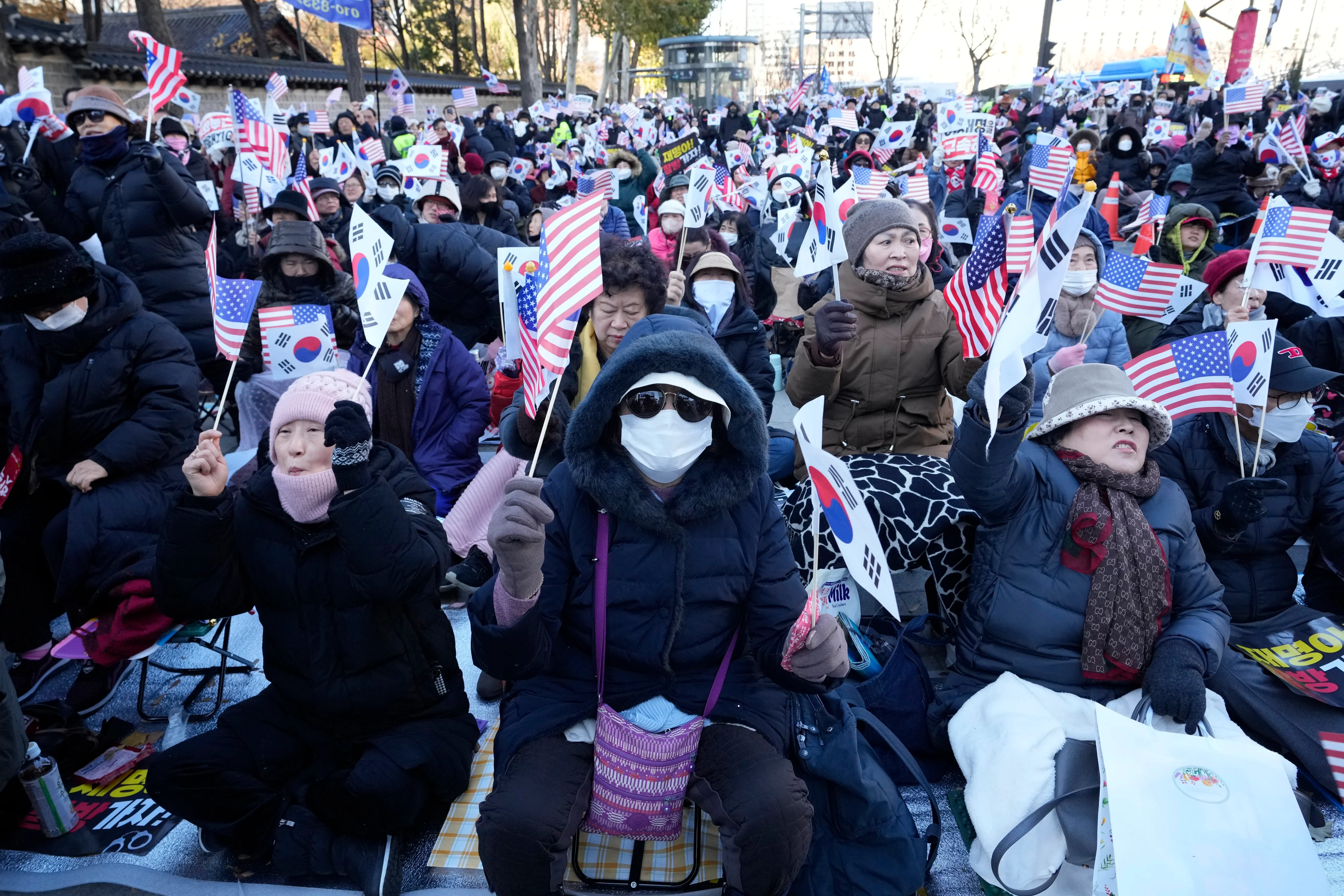By Abhishek Sharma
Copyright scmp

The Make America Great Again (Maga) movement started in the 2010s, promising to bring back the old glory of the US empire, making the country a global leader in manufacturing, innovation and technology. However, at its heart, Maga was more than that. It focused on anti-immigration and anti-globalisation sentiments, as well as supposedly promoting Christian values.
Seeing the success of Maga movements in the US, similar movements took hold in countries such as South Korea and Japan.
In an attempt to popularise conservatism in these two countries, far-right movements borrowed heavily from the Maga script, albeit with some changes. Unlike the US, where Maga emphasised opposition to globalisation, the conservative movements in Korea and Japan focused on gender, immigration and political grievances. These movements built themselves on the grievances of young men in their 20s and 30s who feel neglected by mainstream politicians.
In Japan, Sanseito, a far-right party, took cues from the Maga playbook, advocating for “Japanese first” and pushing anti-immigration and anti-globalisation messaging. This has resonated with some conservatives, helping the party gain a considerable margin in Japanese politics.
A similar conservative movement in South Korea has been emerging through youth movements supported by a conservative ecosystem comprising politicians, religious leaders and the media. These movements are rooted in conspiracy theories intensified by alternative facts and popularised by conservative media.
While the Maga and similar movements have grown in parallel in these different countries, an increasing cross-Pacific connection has emerged lately, particularly after Charlie Kirk’s death. Kirk was a prominent proponent of Maga ideology. His death garnered sympathy among the Korean and Japanese conservative movements, highlighting the increasing connection between the Maga and its inspired movements in Northeast Asia, as well as the exchanges between them.
Kirk visited South Korea and Japan days before his death. He took part in the Build Up Korea 2025, a conservative conference in South Korea attended by 2,000 young people, before travelling to Tokyo to attend an event organised by Sanseito. In Seoul, he repeated the Maga talking points on a wide array of topics, such as China’s influence, Christian values and what it means to be “pro-life”.
Similar comments have been made by Steve Bannon, a prominent Maga strategist and long-time Trump ally. In an interview, Bannon said that “it’s tragic that a left-wing party beholden to the Chinese Communist Party has taken power”, seemingly referring to the Democratic Party of Korea. Incumbent South Korean President Lee Jae-myung is a member of the party. Bannon also said, “You [South Korea] had an election stolen”.
Other speakers at the Seoul conference, including Jack Posobiec, Maureen Bannon – Steve Bannon’s daughter – and Trump ally Alex Bruesewitz, echoed similar arguments. Last year, Donald Trump Jnr also attended the event. Such events, where influential representatives of the Maga movement speak, are becoming a hotbed for Maga-inspired ideology in South Korea, influencing young people in their 20s and 30s.
Apart from exchanging political views, it’s also creating strong institutional links among the conservative movements in both countries, including political parties, religious institutions, media organisations and youth movements. For instance, Bruesewitz and Maureen Bannon are on the Build Up Korea advisory board. Similarly, Mina Kim, Build Up Korea’s president and founder, is also closely connected with prominent Maga figures such as Steve Bannon.
Maga advocates also influence diplomatic ties. After Lee won the South Korean presidency, White House officials expressed concern over Chinese interference in the election.
While visiting South Korea, Kirk gave an MBC reporter the impression that he had Trump’s ear. Through Kirk, Korean conservatives have arguably spread their message that former South Korean president Yoon Suk-yeol is a victim of lawfare in a similar way to how Trump has faced impeachment and criminal trials. This message became part of the conversation between Trump and Lee on the latter’s recent visit to the US. Before meeting the Korean president, Trump posted on Truth Social, “WHAT IS GOING ON IN SOUTH KOREA? Seems like a Purge or Revolution”.
In Japan, Kirk repeated Maga views on immigration and the importance of faith, expressing his solidarity with the country’s far-right movements. In an interview with CNN, he said, “I am really kind of thrilled to see that there is this growing political movement in Japan that is fighting for the same things we believe in.”
This showed that the ideological exchange between far-right movements in the US and its Asian allies, South Korea and Japan, is deepening. With such exchanges and conferences becoming more regular, the attempt is to create a strong institutional link between Maga and the far-right movements of Northeast Asia. For the far-right in South Korea and Japan, such links act as a legitimate affirmation of their views.
Maga support from the US has helped these far-right movements move from the periphery to the mainstream, making them a more politically acceptable and prominent part of the political discourse. This can be seen in the case of Sanseito, whose views on immigration have gained legitimacy, prompting mainstream parties like the Liberal Democratic Party to distance themselves from any pro-immigration messaging.
We are likely to continue seeing strong ideological and institutional connections between the far-right movements in Japan, South Korea and the US.



